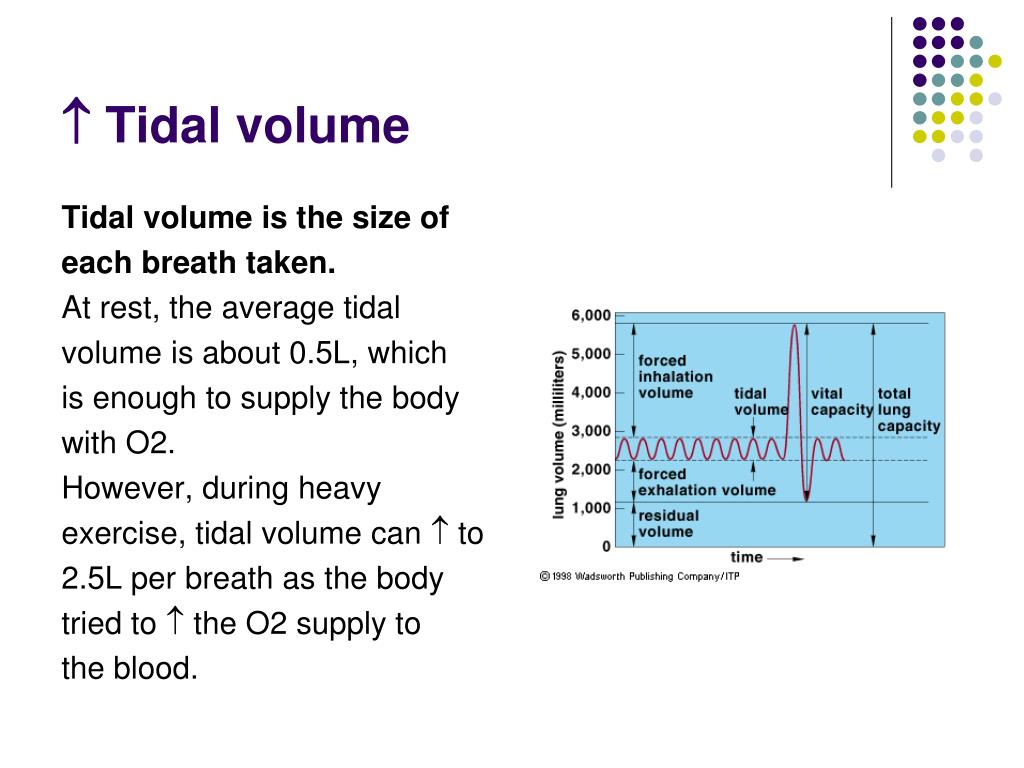
The client will regain a usual level of consciousness/mentation.The client will maintain body temperature within normal range.The client will identify individual risk factors and interventions to reduce the potential for infection.The healthcare provider will modify the environment as indicated to enhance safety and use resources appropriately.The client will identify individual risk factors.The client will report the resolution of localized numbness, tingling, or changes in sensation related to positioning within 24–48 hr as appropriate.
#NORMAL TIDAL VOLUME FOR CLIN SIMS FREE#
The client will be free of untoward skin/tissue injury or changes lasting beyond 24–48 hr following the procedure. The client will be free of injury related to perioperative disorientation. The client will report decreased fear and anxiety reduced to a manageable level. The client will acknowledge feelings and identify healthy ways to deal with them. The client will verbalize understanding of the disease process/perioperative process and postoperative expectations. It is ultimately the nurse’s clinical expertise and judgment that shape the care plan to meet the unique needs of each patient, prioritizing their health concerns and priorities. In real-life clinical settings, it is important to note that the use of specific nursing diagnostic labels may not be as prominent or commonly utilized as other components of the care plan. While nursing diagnoses serve as a framework for organizing care, their usefulness may vary in different clinical situations. Surgical site assessments, anesthesia records, and documentation of any interventions or procedures performed during surgery.įollowing a thorough assessment, a nursing diagnosis is formulated to specifically address the challenges associated with surgery based on the nurse’s clinical judgement and understanding of the patient’s unique health condition. Vital signs such as blood pressure, heart rate, respiratory rate, and temperature. Any symptoms or concerns they have related to the surgery. Information provided by the patient or reported by the family members such as:. Provide emotional support to the client and their family members throughout the perioperative process.Īssess for the following subjective and objective data:. Implement postoperative care measures, such as pain management, wound care, and monitoring for complications. Facilitate communication and collaboration among the surgical team members to ensure a safe and efficient surgical environment. Assist with positioning the client appropriately during surgery and provide necessary support and comfort. Monitor the client’s vital signs, including blood pressure, heart rate, and oxygen saturation, throughout the perioperative period. Ensure proper informed consent is obtained prior to the surgical procedure. Administer preoperative medications as prescribed, including premedication for anxiety or prophylactic antibiotics. Educate the client about the surgical procedure, expected outcomes, and postoperative recovery process. Collaborate with healthcare providers to develop a comprehensive perioperative plan for the client, including preoperative preparation and postoperative care. Perform preoperative assessments to evaluate the client’s overall health status and identify potential risks or contraindications for surgery. The following are the nursing priorities for patients in surgery: 
The absence or limitation of preoperative preparation and teaching increases the need for postoperative support in addition to managing underlying medical conditions. Nurses provide care of a client before, during, and after a surgical operation, this is collectively called Perioperative Nursing. It is a specialized nursing area wherein a registered nurse works as a team member with other surgical health care professionals. Nurses have a variety of roles and functions associated with the patient’s surgical management.

Administer Medications and Provide Pharmacologic Support Initiating Postoperative Patient Education and Health Teachings Promoting Infection Control and Preventing Infections

Although surgery is generally elective or pre-planned, potentially life-threatening conditions can arise, requiring emergency intervention. Surgical intervention may be needed to diagnose or cure a specific disease process, correct a deformity, restore a functional process, or reduce the level of dysfunction. In this article, we will outline the 12 important nursing care plans for patients undergoing surgery, with a focus on perioperative client care. Nursing care plans are essential for patients undergoing surgery, as they help ensure that the patient receives comprehensive and effective care throughout their perioperative journey.







 0 kommentar(er)
0 kommentar(er)
